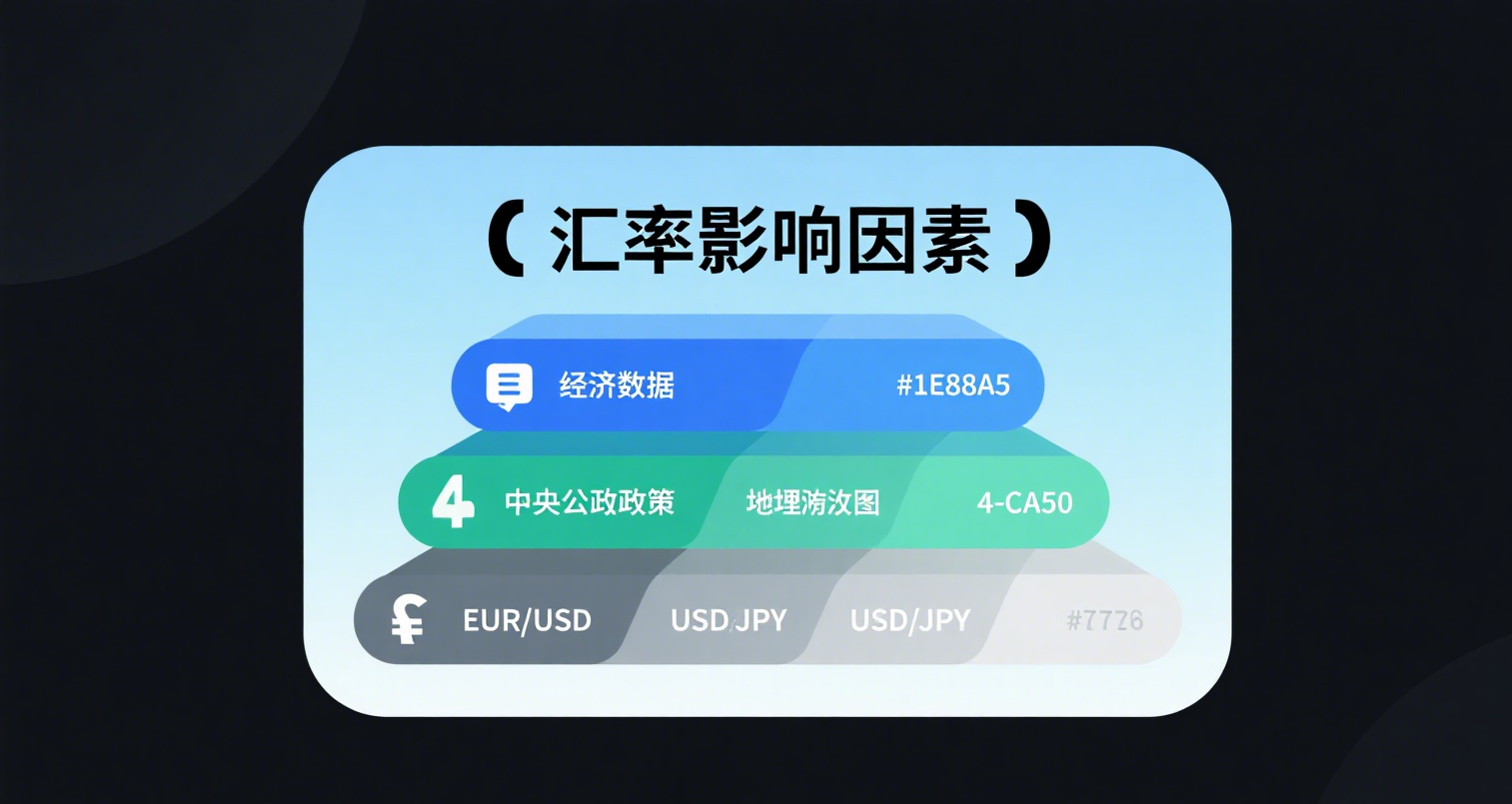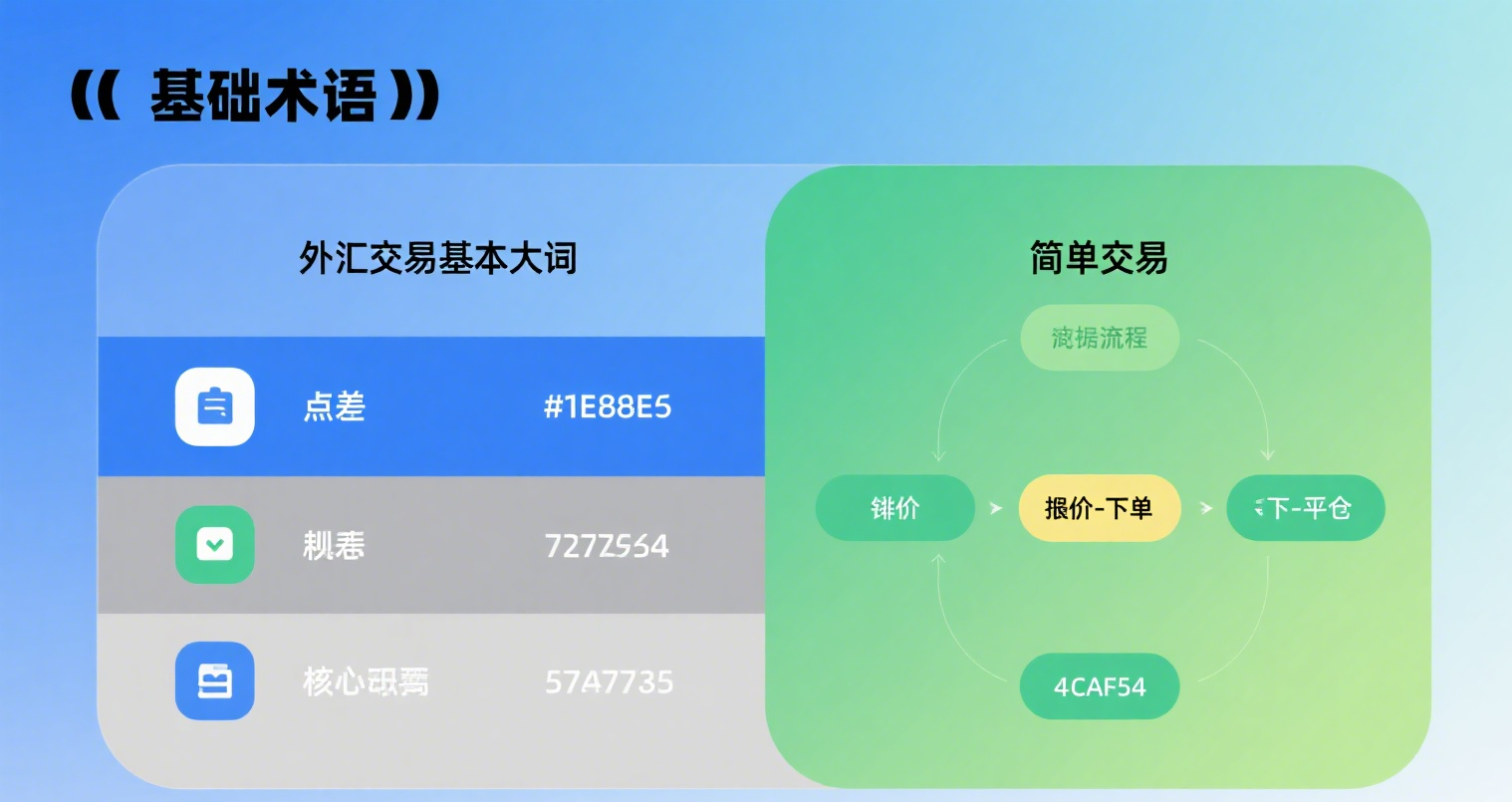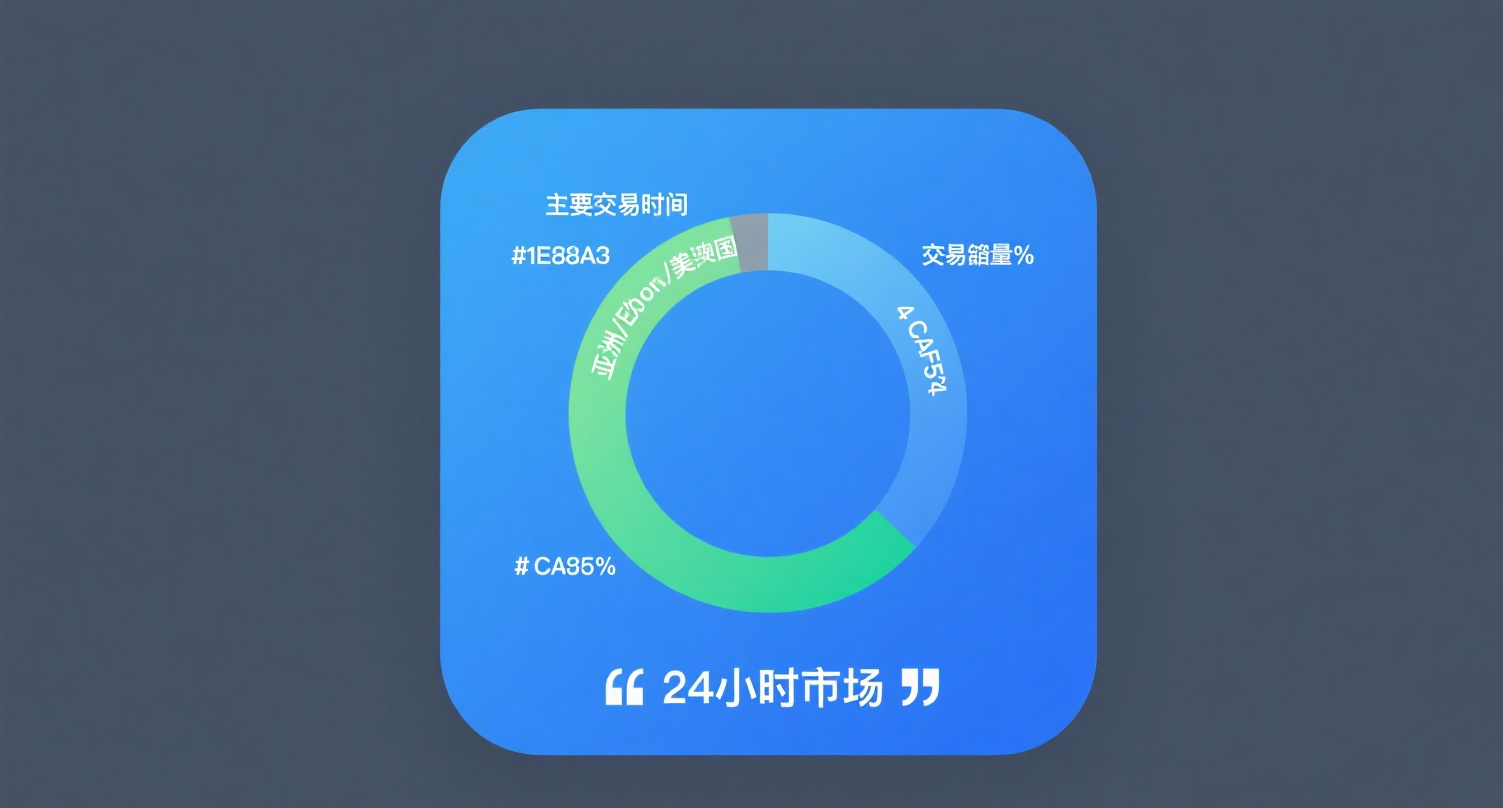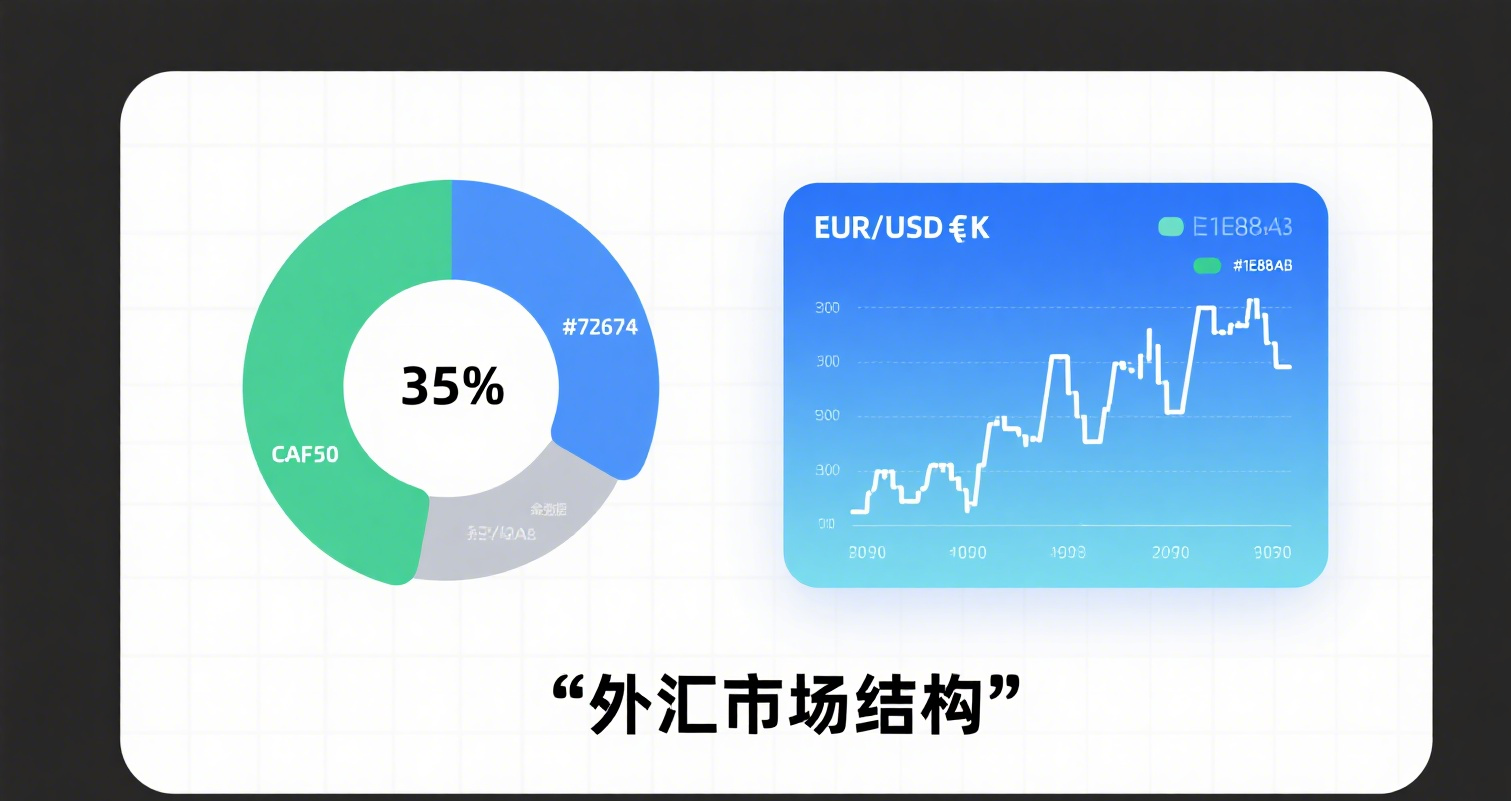
16 Questions on Forex Basics (Part 1)
An excellent trader—let me clarify here—this process is not something that can be achieved in just a few months or years. I’ll provide a few key points to note during this process: learn, learn, and learn more; learn to make strategic plans; learn to adhere to and control discipline; learn to break through psychological barriers; and read more books that are useful to you.
-
How to Develop a Good Trading Psychology
Answer: First, let me say this: People with severe gambling tendencies or significant personality flaws are not really suited for self-trading. They might consider finding reasonable delegation or choosing suitable work instead. To cultivate a good mindset, pay attention to the following: First, develop the habit of making trading plans and strictly executing and reviewing them. Second, beginners should use no more than 5% of their capital for trading within the first year and stick to it strictly. Third, avoid spending more than 5 hours a day watching the market—for beginners, exceeding 8 hours is quite dangerous. Fourth, study more, especially by finding a good mentor and communicating with them frequently. Fifth, love life—don’t make trading the entirety of your life. Sixth, face profits and losses correctly and bravely, and learn to reflect on your actions regularly. -
How to Build Your Own Trading System
Answer: Trading systems are complex, but I can briefly mention a few points to provide some ideas. First, a system includes capital management, risk control, profit control, and behavioral norms. Second, try starting with a single currency to build systems for short-term, medium-term, and medium-to-long-term trading, divided into signal systems, entry/exit systems, capital and risk systems, and profit management systems. Third, any system must be continuously revised and improved, and it must be strictly followed. Fourth, forming a system takes at least 3–5 years, and the time needed for refinement depends on individual insight—patience is required. Fifth, the essence of a system lies in talent—without talent, any system is useless. -
The Difference Between Trend and Range Trading, and How to Make a Trading Plan
Answer: For trends, you must first distinguish between the primary trend and the current trend, so trading and planning are divided into primary plans and current plans. A range refers to the market fluctuating within a certain space over a period of time, with ranges varying in size. Ranges often appear after unilateral or wave movements. Study specific patterns by referring to the book Japanese Candlestick Charting Techniques and combining it with market K-lines for better understanding. When making a trading plan during a trend, you must know which direction to prioritize and which to treat as secondary—reversing them carries higher risks and fewer profit opportunities. In a range, the plan is simpler: trade back and forth within the range, but be mindful of when the range might end and a new trend or reversal begins. A sample daily trading plan has been provided before. -
How to Generally Determine the Establishment and Formation of a Trend
Answer: Several major factors must align for a trend to form. Briefly: First, the time cycle must be appropriate. Second, there must be reference points for relative highs and lows in prior charts (called阶段性 tops or bottoms). Third, analyze higher timeframes like daily, weekly, and monthly charts. Fourth, technical indicators, especially the support and resistance levels of major trendlines, must align. Fifth, trading at support or resistance levels of major trendlines is reliable—once successful, substantial profits can be held for a long time. Sixth, compare national fundamentals for confirmation. Seventh, understand shifts in market risk sentiment and capital flows. Trend judgment isn’t simple—it requires synthesizing the above factors, which form the basis of trend establishment. -
How to Cultivate Currency Analysis Skills
Answer: Beginners should focus on a few major currencies rather than too many. Additionally, with market developments, currencies now show significant divergence, making analysis and trading much harder than before. So, when analyzing, consider individual currencies while referencing others—otherwise, analysis will be difficult. To develop analytical skills, understand a currency’s characteristics and its past, present, and future fundamentals. Technical analysis is visible in charts—practice drawing charts often, as it’s beneficial. Always pair analysis with trading plans and evaluate your plans and skills—this is how you improve. Otherwise, it’s not very useful. Be diligent, keep records, revise and summarize your analysis, and persist. -
What Are the Commonly Used Technical Indicators in Analysis, and How to Apply Them?
Answer: There are too many technical indicators. What we emphasize is that no matter how advanced your technical or fundamental skills are, they only form part of trading—more important is psychological resilience and understanding capital markets. Common candlestick chart indicators include MA, KDJ, RSI, MACD, BOLL, and FB. For specifics on each, search online—space limits detailed explanations here. Note that indicator usage depends on your timeframe and whether you’re trading short-term or medium-term—adjust accordingly. Mastering technical indicators requires frequent summarization. -
What Are Fundamentals, and How to Analyze and Apply Them?
Answer: Fundamentals refer to the economic conditions, data, central bank interest rates, news, and regional economic events of countries and regions. They reflect and analyze economic development and prospects, helping judge whether a region’s economy favors its currency—this is crucial for medium-term analysis. Hence, learning fundamental analysis is essential. Remember, fundamental analysis isn’t isolated—compare it with other regions, as global financial integration means markets are interconnected. Read economics books or follow financial news—it’s a must for investing. -
How Are Short-Term, Medium-Term, and Medium-to-Long-Term Defined?
Answer: Short-term usually refers to intraday or 1–3 day trades (avoid ultra-short-term—it’s too difficult and energy-consuming). Medium-term refers to trades calculated in weeks, aligned with wave cycles. Medium-to-long-term refers to trades based on primary trends, lasting at least 1–3 months (long-term trades are less suitable here and won’t be explained). Avoid rigid timeframes—trading depends on market conditions, especially for short-term. Holding medium-term trades tests patience—few achieve this, as it demands psychological strength beyond mere technical or fundamental skills.
















